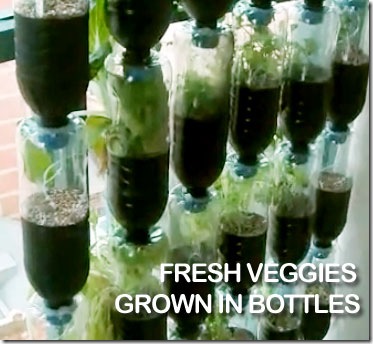Your cart is currently empty!

Indoor Vegetable Garden Tips

Indoor vegetable gardening is a great way to add fresh produce to your diet. However, it is important to make sure that you are doing everything you can to ensure that your plants will grow healthy and strong.
There are a few tips that you can follow to help you have an indoor vegetable garden that will produce the best results possible. By following these tips, you will be able to have an excellent and successful garden in no time!
Placement
To be truly successful, your indoor vegetable garden needs to be placed in a well lit area that has the right temperature and lighting for optimal growth. If possible, find a spot that gets plenty of direct sunlight every day and rotate your container so all plants get even exposure to light.
Using a good quality potting soil will go a long way towards ensuring the best possible results. If you’re looking for something a little more organic, consider kelp meal, which is a finely powdered form of sea kelp that adds valuable micronutrients, antioxidants and other beneficial chemicals to your soil.
Choosing the right pot, plant and soil can be a daunting task, but if you’re lucky enough to have a potting shed, it’s well worth the effort to grow a few of your own veggies for the family. Keeping in mind the above mentioned best plants for the task, you’ll be on your way to the groovy gastronomical possibilities in no time!
Soil
Having the right soil is one of the most important factors when growing indoor vegetables. It’s essential to have healthy soil that is rich in nutrients and able to retain moisture.
Start by looking at the texture of your soil. If it feels dense and sticky, it’s likely to be clay soil. If it feels loose and free flowing, it’s likely to be sandy soil.
Check for primary nutrients (N-P-K) and the pH level of your soil using a soil test kit, available from garden centres. These tests will tell you what your soil needs to be in order for your vegetable garden to thrive.
The key nutrients that all plants require are nitrogen, phosphorus and potassium. These can be added with chemical fertilizers or organically by adding compost and manure.
Containers
If you’re not able to have a traditional garden, container gardens can be a great way to grow vegetables indoors. However, choosing the right containers is essential for successful gardening.
A good vegetable container needs to be large enough for your plants to grow well and deep enough for the roots to spread and grow. A 5-gallon bucket, for example, is a good size for crops like tomatoes and peppers.
In addition, containers should have drainage holes (see Figure 8). This prevents too-soggy soil and encourages healthy root growth.
There are many types of containers to choose from, including plastic, concrete, terra cotta, and ceramic. While some may be more decorative than others, they all have their pros and cons. For instance, some are prone to tipping over, which can cause damage to your vegetables.
Lighting
When it comes to growing vegetables indoors, you need to make sure that you give your plants the right amount of light. This is vital for ensuring that your garden is successful and you’re able to enjoy fresh fruits and vegetables year-round.
In addition, you need to keep your plants well-hydrated and check their health regularly. This way, you can ensure that your veggies are thriving and that your harvests are the best they can be.
The good news is that there are many options for indoor vegetable gardening! These include grow lights, which simulate sunlight and provide all of the lighting your plants need.
But before you invest in a grow light system, consider what type of vegetables and herbs you want to grow. Fruiting plants such as tomatoes, peppers and citrus are more high-light-required than leafy greens or shade-tolerant herbs.
by
Tags: